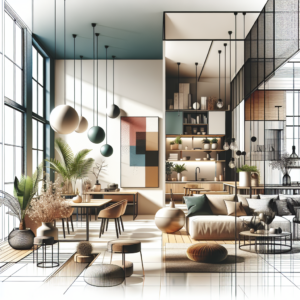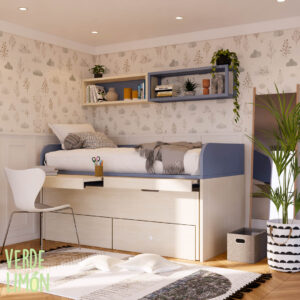In a world where kitchen has acquired a multifunctional character, merging aesthetics and practicality, a new trend has emerged: modern kitchens inspired by Japanese design. This style is distinguished by its minimalism, a deep connection with nature, and a constant search for harmony, transforming our perception of the art of cooking.
Interior designers are embracing traditional Japanese elements such as tatamis, light woods, and stone finishes, which bring warmth and authenticity. The most notable feature of this trend is clean lines and open spaces, creating environments that convey peace and serenity. Natural lighting is essential, bathing the spaces and highlighting the beauty of the selected materials.
One of the most remarkable characteristics of these kitchens is the integration of advanced technology, which facilitates daily tasks without sacrificing elegance. Appliances, designed to be discreet, help maintain the order and visual simplicity that defines Japanese design. In addition, the use of induction cooktops and efficient ventilation systems has become essential in these spaces, ensuring comfort and effectiveness.
The color palette used in these kitchens also follows specific guidelines, with neutral and soft tones such as beige, white, and gray predominating. Bright accent colors are introduced through accessories or plant elements. Plants, in addition to providing freshness, align with the philosophy of “wabi-sabi” that celebrates the beauty of imperfection and impermanence.
In this context, many homeowners are choosing to include living areas within the kitchen. Kitchen islands, designed for both food preparation and socializing, are gaining popularity. This approach aims to promote family interaction and create meaningful moments around gastronomy, in an environment conducive to calm and enjoyment.
Beyond being an aesthetic style, kitchens inspired by Japanese design represent a way of life that advocates for a deeper connection with the environment and the act of cooking. This approach transforms culinary activity into a sort of ritual, capable of awakening the senses and nourishing the soul. As this trend expands, many are drawn to the idea of creating a sanctuary at home that combines beauty, functionality, and serenity, reflecting the richness of Japanese culture in contemporary design.
Source: MiMub in Spanish











